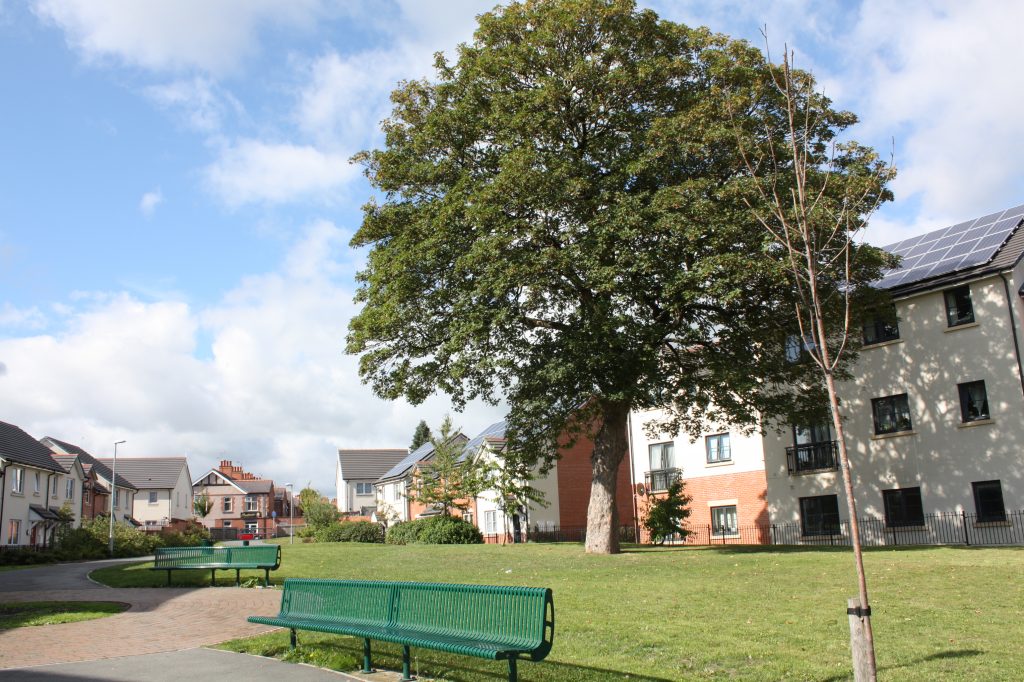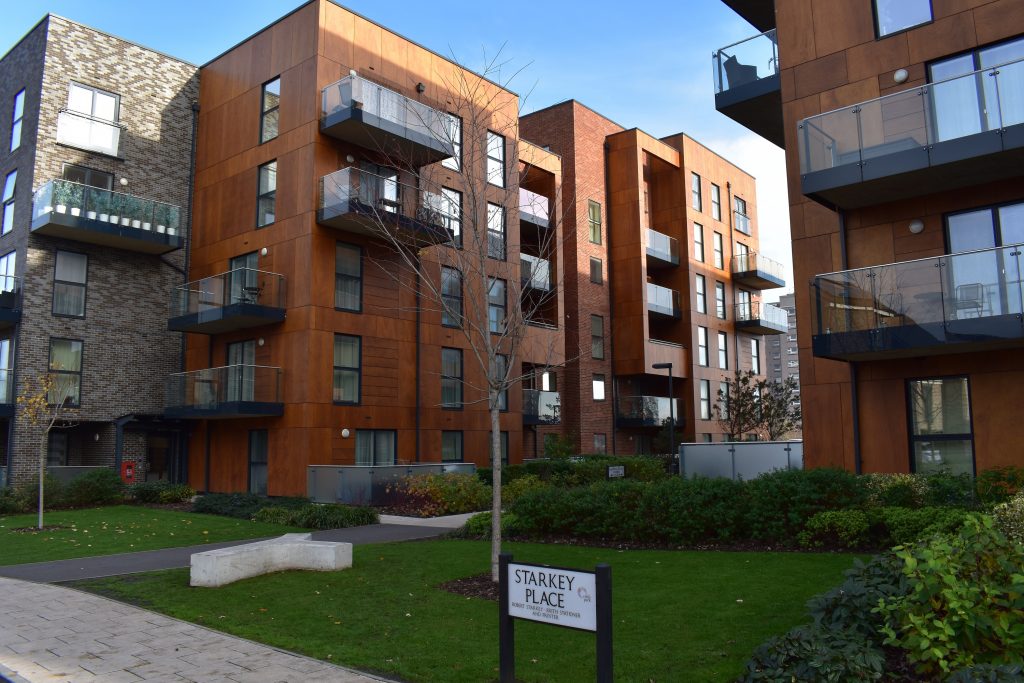Secured by Design (SBD), the police initiative to guide and encourage those engaged within the specification, design and build of new homes, and those undertaking major or minor property refurbishment, to adopt measures to reduce the opportunity for crime, celebrates its 35th anniversary in 2024.
Part of the Police Crime Prevention Initiatives portfolio, SBD was created in 1989 following the housing boom of the 1960s-1980s when there was a huge and urgent demand for housing, with estates being built quickly and often cheaply without any basic security. This resulted in a significant rise in burglary, and it was clear that criminals were taking easy advantage of residential layouts that failed to provide adequate natural surveillance, were highly permeable, where anonymity was absolute and escape routes plentiful. Add to this scenario the lack of effective physical security standards associated with homes at the time, it was of no surprise that by 1996 UK burglary figures peaked at 1.8 million offences a year.
It was obvious that something needed to be done to reduce burglary and encourage the adoption of improved standards of design, layout and security and in response, the Police Service set up SBD.
Initially only the police forces of Kent, Sussex and Surrey in the southeast of England utilisedthe design criteria being offered by the scheme. However, due to the positive results of early evaluations, by 1992, all 53 police forces throughout the UK (including Scotland, Northern Ireland and Wales) had adopted it and assigned staff to operate and manage it. These individuals were referred to as an Architectural Liaison Officer (ALO) or Crime Prevention Design Advisor (CPDA), now more commonly referred to as Designing Out Crime Officers (DOCOs).
SBD works closely with architects, builders, developers, local authorities and registered housing associations to incorporate police crime prevention standards into developments from initial concept and design, through to construction and completion. Police forces throughout the UK have specially trained Designing Out Crime Officers (DOCOs) who offer police designing out crime and SBD advice free of charge.
The role of the Designing Out Crime Officer
Liaising with planners, architects, designers, developers and those responsible for the refurbishment of buildings of all types, DOCOs provide ongoing specialist advice to enable building designs to be as safe and secure as is reasonably possible, promoting an awareness of the principles of crime prevention through design to both build awareness of, and ensure the adoption of, recommended security standards and specifications.
Over the years the importance of the role of the DOCO has grown exponentially, with the DOCO role now being designated as a specialist role within policing in recognition of the highly specialist knowledge and skills that a DOCO must possess, and the criticality of their role in reducing crime.
The DOCO role is referenced within planning policy for England, Scotland and Wales, adding significant weight to their involvement in issues of design and both the National Planning Policy Framework (NPPF) and National Planning Practice Guidance (NPPG) promote creating safe and sustainable communities, encouraging pre-application discussion between planners and DOCOs, and also involving architects, developers and key stakeholders.
DOCOs are recommended as a source of assistance by the National Protective Security Authority (NPSA) due to their comprehensive, specialist training.
Improved security
Developers around the UK can achieve SBD awards for incorporating crime prevention measures and techniques into their developments in all kinds of building sectors, such as residential, education, health, transport, commercial, retail, sport and leisure. Indeed, SBD can be used as evidence to discharge third-party obligations under Part Q of Schedule 1 (Security) to the English Building Regulations, the Scottish Building Standard 4.13 (Security) and Welsh Building Regulations Part Q (Security – Dwellings). These awards are gained by working with the aforementioned DOCOs, who advise architects, developers and local authority planners long before construction begins – and continue to provide advice and guidance until the development is complete.
To date, over one million homes and commercial properties have been built to SBD standards with reductions in crime of up to 87%. A number of local authorities have even gone so far as to introduce SBD standards as a planning requirement.


